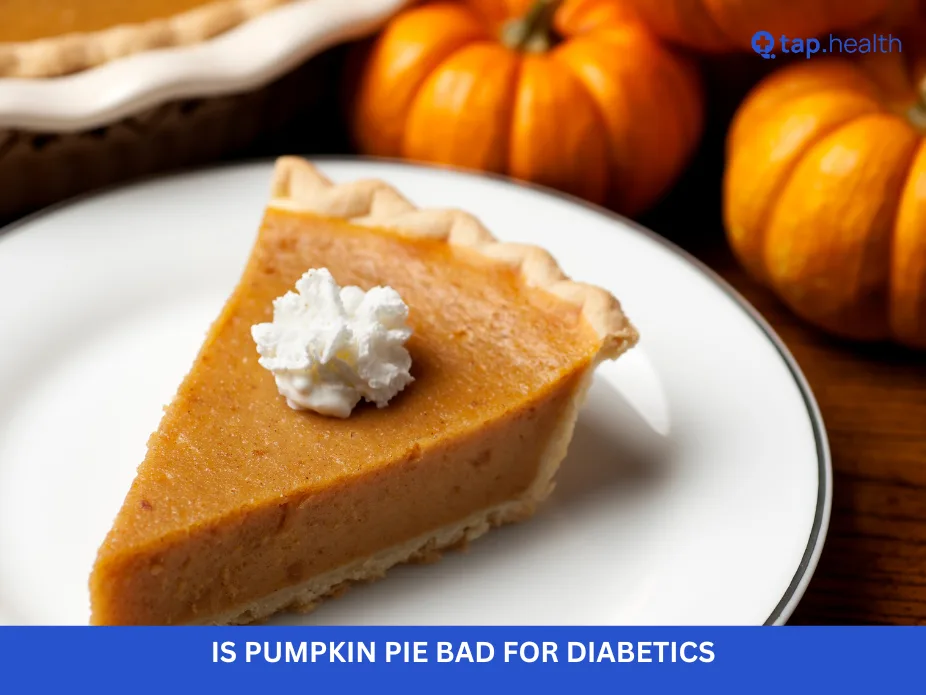If you’re planning to enjoy a burger or are keeping track of your calorie intake, you might be curious about how many calories are in a burger patty. After all, the patty is the core of a burger and plays a significant role in its overall calorie content. Whether you’re grilling at home, ordering from a fast-food joint, or making a healthy choice, understanding the calorie count of a burger patty is essential.
In this blog post, we’ll break down the number of calories in different types of burger patties, how cooking methods affect the calorie count, and ways to make healthier burger choices without sacrificing flavor. By the end, you’ll have all the information you need to enjoy your next burger with confidence!
What Is a Burger Patty?
A burger patty is a round, flat piece of ground meat (or other ingredients) that is usually served in a hamburger bun. The most common type of burger patty is made from beef, but there are many variations, including:
- Chicken patties
- Turkey patties
- Vegetarian patties (made from vegetables, beans, or soy)
- Plant-based patties (such as those made with Beyond Meat or Impossible Foods)
While the calorie content of a burger patty depends on the type of meat or ingredients used, the size of the patty and the cooking method also play a role in how many calories you consume.
How Many Calories in a Regular Beef Burger Patty?
When it comes to beef burger patties, the calorie count can vary depending on the fat content of the meat. Most beef burger patties are made from ground beef, which can come in different lean-to-fat ratios. The leaner the beef, the fewer the calories.
Here’s a breakdown of the calories in different types of beef burger patties:
1. 80/20 Ground Beef Patty
- Calories per 4-ounce patty: 300-350 calories
- This is one of the most common types of beef used for burger patties, offering a balance of flavor and juiciness due to the 20% fat content. The higher fat content contributes to its calorie count.
2. 90/10 Ground Beef Patty
- Calories per 4-ounce patty: 220-250 calories
- This leaner option has 10% fat and is often chosen by those who want a healthier option with less fat. While it’s lower in calories than the 80/20 variety, it may not be as juicy.
3. 95/5 Ground Beef Patty
- Calories per 4-ounce patty: 180-210 calories
- This is one of the leanest beef options, containing only 5% fat. It’s ideal for those looking to reduce their calorie intake but may lack some of the richness of fattier options.
How Many Calories in Other Types of Burger Patties?
Not all burger patties are made from beef. Other popular options, such as chicken, turkey, and plant-based patties, also offer different calorie counts. Let’s explore the calories in chicken, turkey, and vegetarian burger patties.
1. Chicken Burger Patty
- Calories per 4-ounce patty (grilled or baked): 180-220 calories
- Chicken patties are often made from ground chicken breast, which is leaner than ground beef. However, if the chicken patty contains skin or is fried, the calorie count can increase. Opting for grilled or baked chicken patties is the healthiest choice.
2. Turkey Burger Patty
- Calories per 4-ounce patty (lean turkey): 160-200 calories
- Turkey burgers made from lean turkey breast are another healthy option. Turkey patties are lower in fat compared to beef, making them a great choice for those looking to cut down on calories.
3. Vegetarian Burger Patty
- Calories per 4-ounce patty (made from beans or vegetables): 120-200 calories
- Vegetarian burger patties, often made from ingredients like beans, lentils, or vegetables, are lower in calories than meat patties. However, the calorie count can vary based on the ingredients. Some patties, like those made with beans or grains, may be higher in carbohydrates, while others (such as soy-based patties) are protein-packed and low in fat.
4. Plant-Based Burger Patty
- Calories per 4-ounce patty (like Beyond Meat or Impossible Burger): 250-300 calories
- These plant-based patties are designed to mimic the taste and texture of beef burgers. While they’re a great option for vegetarians and vegans, they tend to have more calories than a simple vegetarian patty because they’re made with oils and other ingredients that help achieve a meaty texture.
How Does Cooking Method Affect Calorie Content?
The calories in a burger patty can change depending on how you cook it. Cooking methods like frying, grilling, or broiling can affect the calorie count by adding extra fats or oils.
1. Grilling a Burger Patty
Grilling is one of the healthiest ways to cook a burger patty because it allows the fat to drip off, reducing the overall calorie content. When you grill a patty, you’re primarily cooking it with dry heat, which helps preserve the natural nutrients while maintaining a lower calorie count.
- Calories after grilling (without oil): Similar to the raw calorie count, but the fat content is reduced slightly.
2. Frying a Burger Patty
Frying adds extra fat and calories because the patty absorbs oil during cooking. If you fry a burger patty, it will likely have a higher calorie count than one that’s grilled or baked. For example, a fried beef patty may have 50-100 extra calories due to the added oil.
- Calories after frying: The calorie content increases based on the type and amount of oil used. If fried in butter or oil, the calorie count will be higher.
3. Baking or Broiling a Burger Patty
Baking or broiling a burger patty allows for excess fat to drip away, making it a relatively low-calorie cooking option. Both methods use dry heat, helping to retain the patty’s natural nutrients without adding extra fat.
- Calories after baking or broiling: Similar to grilling, with minimal added calories.
Can You Make a Healthier Burger Patty?
If you’re looking to reduce the calories in your burger patty without sacrificing taste, here are a few tips:
1. Choose Leaner Meats
Opt for leaner cuts of meat or lower-calorie options like ground turkey, chicken, or plant-based patties. These tend to have fewer calories than higher-fat beef patties.
2. Grill or Bake Instead of Frying
Grilling or baking a patty is healthier than frying, as it reduces the need for added oils and fats. If you must fry, consider using healthier oils like olive oil or avocado oil, and limit the amount you use.
3. Control Toppings and Buns
While the patty itself is important, the burger bun and toppings (cheese, sauces, etc.) can significantly increase the calorie content. Opt for a whole wheat bun, lower-calorie condiments, and fresh vegetable toppings like lettuce, tomatoes, and onions to keep your burger lower in calories.
Frequently Asked Questions (FAQ) on How Many Calories in a Burger Patty?
1. How many calories in a beef burger patty?
A 4-ounce beef burger patty typically contains between 300-350 calories when made from 80/20 ground beef. Leaner beef patties (90/10 or 95/5) contain fewer calories, around 220-250 calories.
2. How many calories are in a grilled turkey burger?
A grilled turkey burger patty made from lean turkey breast contains about 160-200 calories per 4-ounce serving.
3. Are plant-based burgers higher in calories than beef burgers?
Plant-based burgers, such as those made by Beyond Meat or Impossible Burger, typically contain around 250-300 calories per 4-ounce patty, which is similar to or slightly more than a lean beef patty.
4. How can I make a lower-calorie burger patty?
To reduce the calorie count, choose lean meats like turkey or chicken, or opt for vegetarian or plant-based patties. Grilling, baking, or broiling the patty instead of frying will also help lower the calorie count.
5. How many calories in a veggie burger patty?
A vegetarian burger patty (made from beans, vegetables, or soy) contains around 120-200 calories per 4-ounce serving, depending on the ingredients.
In conclusion, the calories in a burger patty depend on the type of meat or ingredients used, the size of the patty, and how it’s cooked. By choosing leaner meats or plant-based alternatives, grilling or baking the patty, and watching your toppings, you can enjoy a tasty burger without overloading on calories. Whether you’re making a quick homemade burger or grabbing a meal from your favorite restaurant, being mindful of the calorie content will help you make healthier choices.


